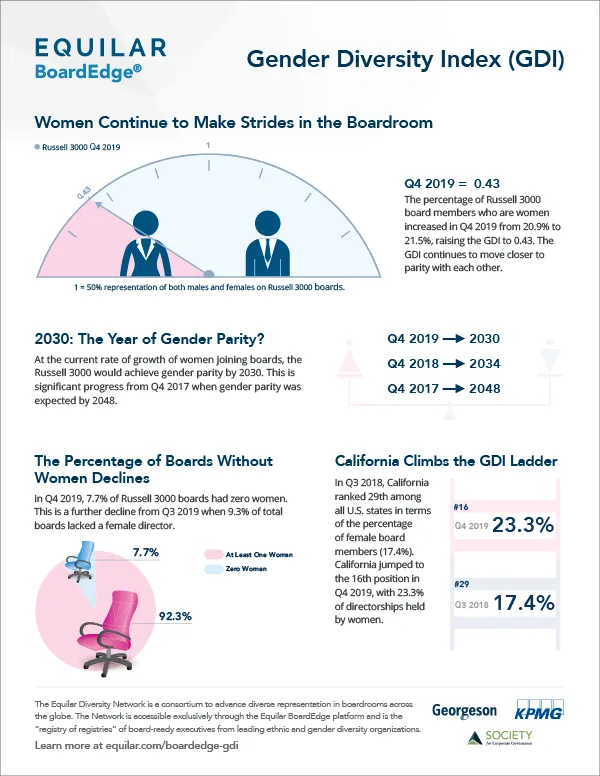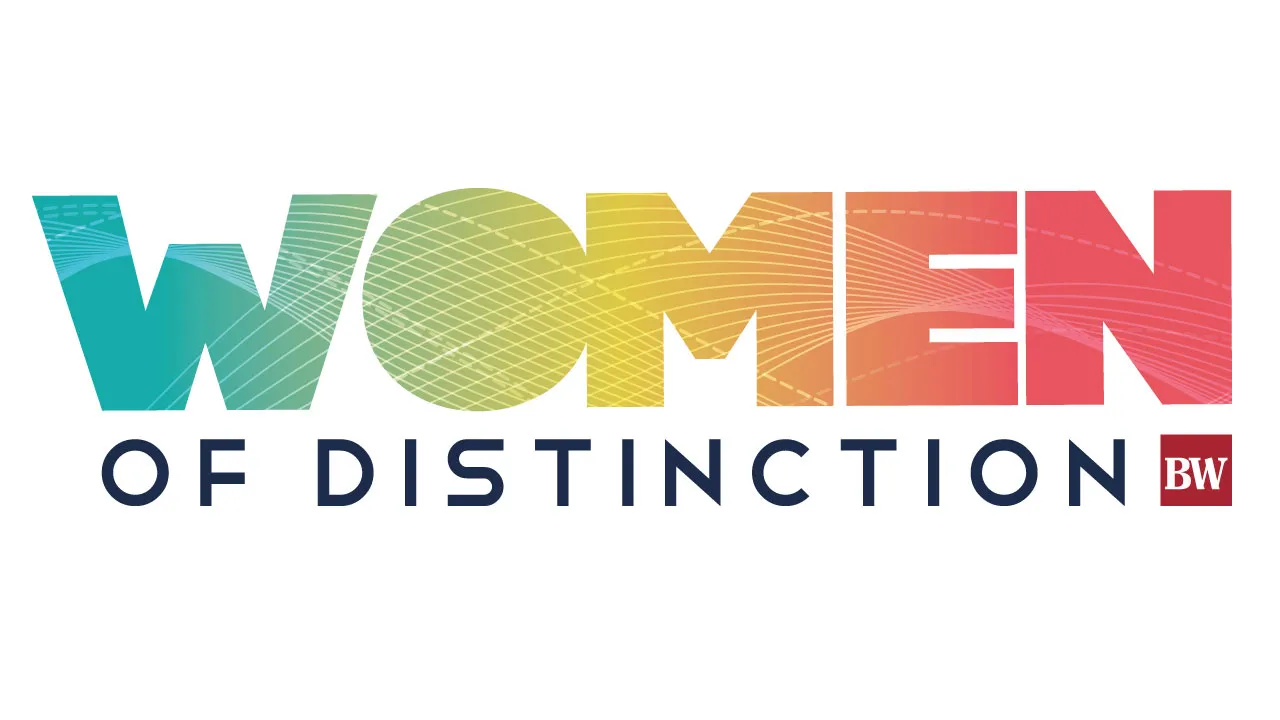Women broaden board perspectives


A growing body of research suggests that the lack of gender diversity on corporate boards and in the C-suites of America’s companies results in underperformance.
One such study, titled “Women Create a Sustainable Future,” produced by the University of California Berkeley Haas School of Business, said clearly in its executive summary that “companies that explicitly place value on gender diversity perform better in general.” It also said that adding women to boards helps balance the tug of war between short-term profit and longer-term sustainability goals.
THIS ARTICLE IS FOR SUBSCRIBERS ONLY
Continue reading for less than $3 per week!
Get a month of award-winning local business news, trends and insights
Access award-winning content today!

